.png)
10 Best PDF to MIDI Converters in 2025
Introduction
If you've ever struggled to get a PDF score into your DAW, you know the pain. I've been there, especially when my boss sends over a last-minute PDF sheet music that I need to quickly load into a DAW, assign high-quality virtual instruments, and hear how it actually sounds. The ability to convert PDFs into MIDI instantly isn't just a convenience—it's a game-changer for arranging, rehearsing, and recording.
1. Melogen AI – Best Online Solution
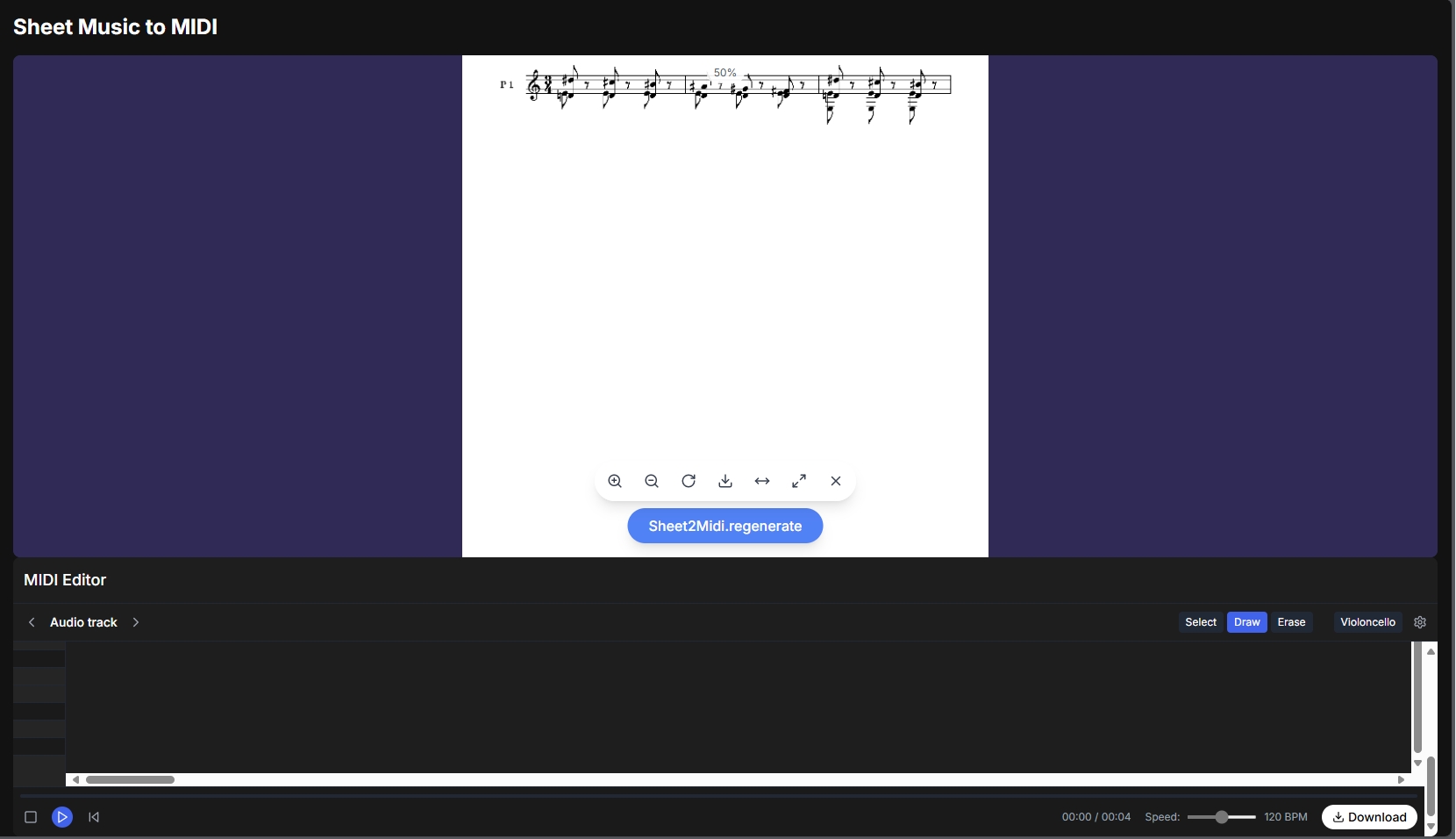
If you've ever tried to convert a PDF score into MIDI, you know the struggle. Most tools either mess up note accuracy, drop dynamics, or completely butcher complex passages. I've spent more time than I'd like to admit fixing bad OMR conversions, manually adjusting rhythms, and re-entering missing notes—until I found Melogen AI.
Why I Use Melogen AI:
- ✨ It Just Works (and Fast!) – No software to install, no complicated settings
- 🤖 Way Smarter Than Traditional OMR – It analyzes scores like a musician
- 🎵 MIDI & More – Exports both MIDI and MusicXML
- ✏️ Built-in Editing & Playback – Adjust MIDI right in the browser
- 📄 Handles Both Digital Scores & Scans – Versatile and reliable
Pros:
- ✔ AI-powered accuracy—far better than standard OMR
- ✔ No downloads or installations required
- ✔ Supports MIDI & MusicXML formats
- ✔ Built-in editor for real-time adjustments
Cons:
- ❌ Requires an internet connection
2. Sibelius PhotoScore & NotateMe – The Powerhouse for Professionals
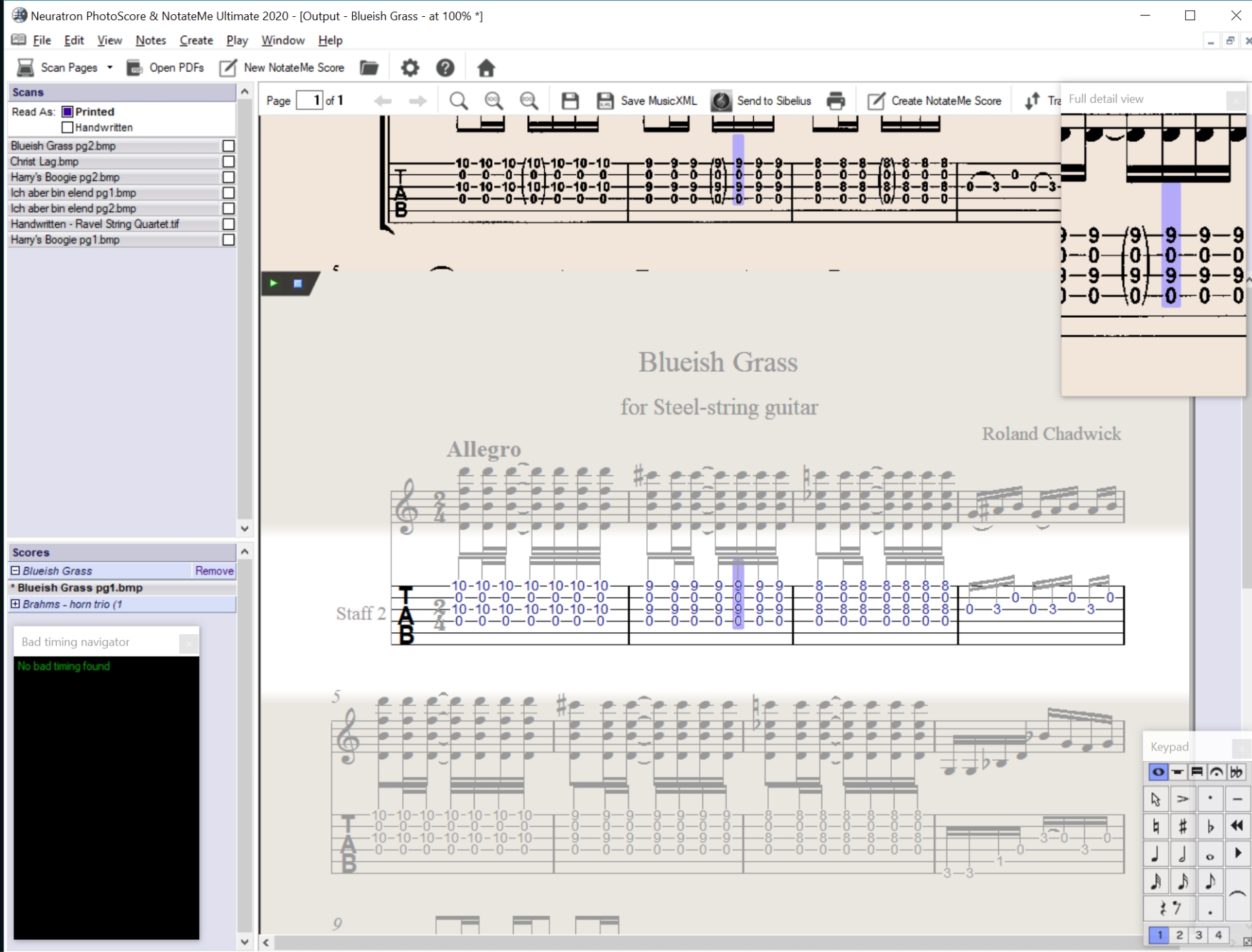
If you've been in the music world for any length of time, you know Sibelius. It's been a staple in professional composition, orchestration, and engraving for decades. Naturally, PhotoScore & NotateMe—its dedicated PDF-to-MIDI and handwritten notation tool—is one of the most powerful options out there.
I've used this software when working on full orchestral scores that needed pixel-perfect transcription, and the results were incredibly accurate. It's one of the few tools that can actually handle handwritten music, which is a lifesaver when dealing with composer sketches, old manuscripts, or conductor notes. It integrates seamlessly with Sibelius, making it a go-to choice for professionals who need the best possible accuracy when digitizing scores.
Why Choose Sibelius PhotoScore & NotateMe?
- ✨ Industry-Standard Power – If you're serious about notation and engraving, you probably already use Sibelius. This tool is designed to fit perfectly into that workflow, making it ideal for composers, arrangers, and engravers who need professional-grade results.
- 🎼 Handles Complex Scores with Ease – Unlike most OMR tools that choke on large, intricate compositions, PhotoScore is built for heavy-duty tasks. I've fed it full orchestral scores, and it does a solid job of interpreting multi-staff arrangements with minimal cleanup.
- ✍️ Handwritten Music Recognition – This is one of the only tools I've used that can reliably read handwritten scores and turn them into editable digital files. It's not perfect, but it's miles ahead of anything else on the market.
- 🔄 MIDI & MusicXML Export – Once your PDF is processed, you can export MIDI or MusicXML for easy editing in Sibelius, Finale, or DAWs like Logic and Cubase.
Where It Falls Short
Despite its power, Sibelius PhotoScore comes with a major catch: it's expensive. If you're a pro-level composer or engraver, it's a worthwhile investment. But if you just need to quickly turn PDFs into MIDI for production or arranging, this might be overkill.
Also, there's another big issue—it's tied to your computer. If you're working in your home studio, it's fantastic. But what if you're in a new recording studio and forgot to bring your laptop? You're out of luck. That's where tools like Melogen AI come in handy. Since it's fully online, you can convert scores to MIDI instantly from any device, anywhere, without needing to install anything.
Pros:
- ✔ Best-in-class accuracy for professional composers
- ✔ Reads handwritten as well as printed music
- ✔ Works seamlessly with Avid Sibelius
Cons:
- ❌ Very expensive
- ❌ Tied to your computer—not ideal for mobile or remote work
3. PDFtoMusic Pro
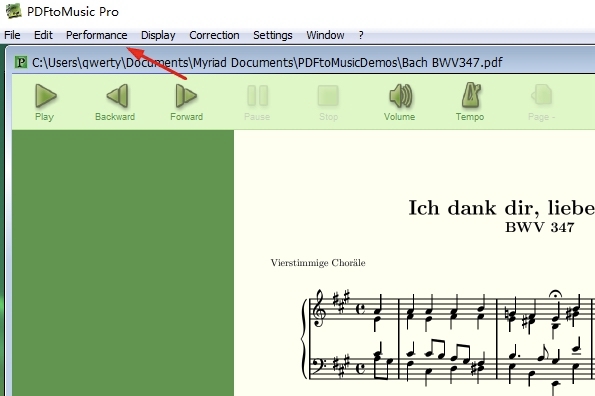
PDFtoMusic Pro has been my go-to tool for handling professionally engraved scores. What sets it apart is its exceptional handling of vector PDFs—those clean, digitally created scores that come straight from notation software.
Key Features:
- 🎯 Specialized in vector PDF analysis
- 🎼 Excellent for publisher-quality sheet music
- 💾 Multiple export formats (MIDI, MusicXML, WAV)
- 🔍 Detailed recognition settings
Pros:
- ✔ Accurate conversion for vector PDFs
- ✔ Supports MusicXML and MIDI
- ✔ Compatible with multiple music software
Cons:
- ❌ Not ideal for scanned PDFs
- ❌ Expensive compared to other tools
4. SmartScore X2 Pro

SmartScore X2 Pro is a powerhouse when it comes to handling scanned sheet music. I've used it extensively for digitizing my old sheet music collection, and its ability to handle even degraded scans is impressive.
Key Features:
- 📝 Advanced OMR technology
- 🎵 Comprehensive music notation detection
- 🎹 Built-in MIDI editor
- 📊 Detailed editing capabilities
Pros:
- ✔ Highly accurate for multi-part scores
- ✔ Excellent scan processing
- ✔ Professional editing tools
Cons:
- ❌ Steep learning curve
- ❌ Premium pricing
5. ScanScore
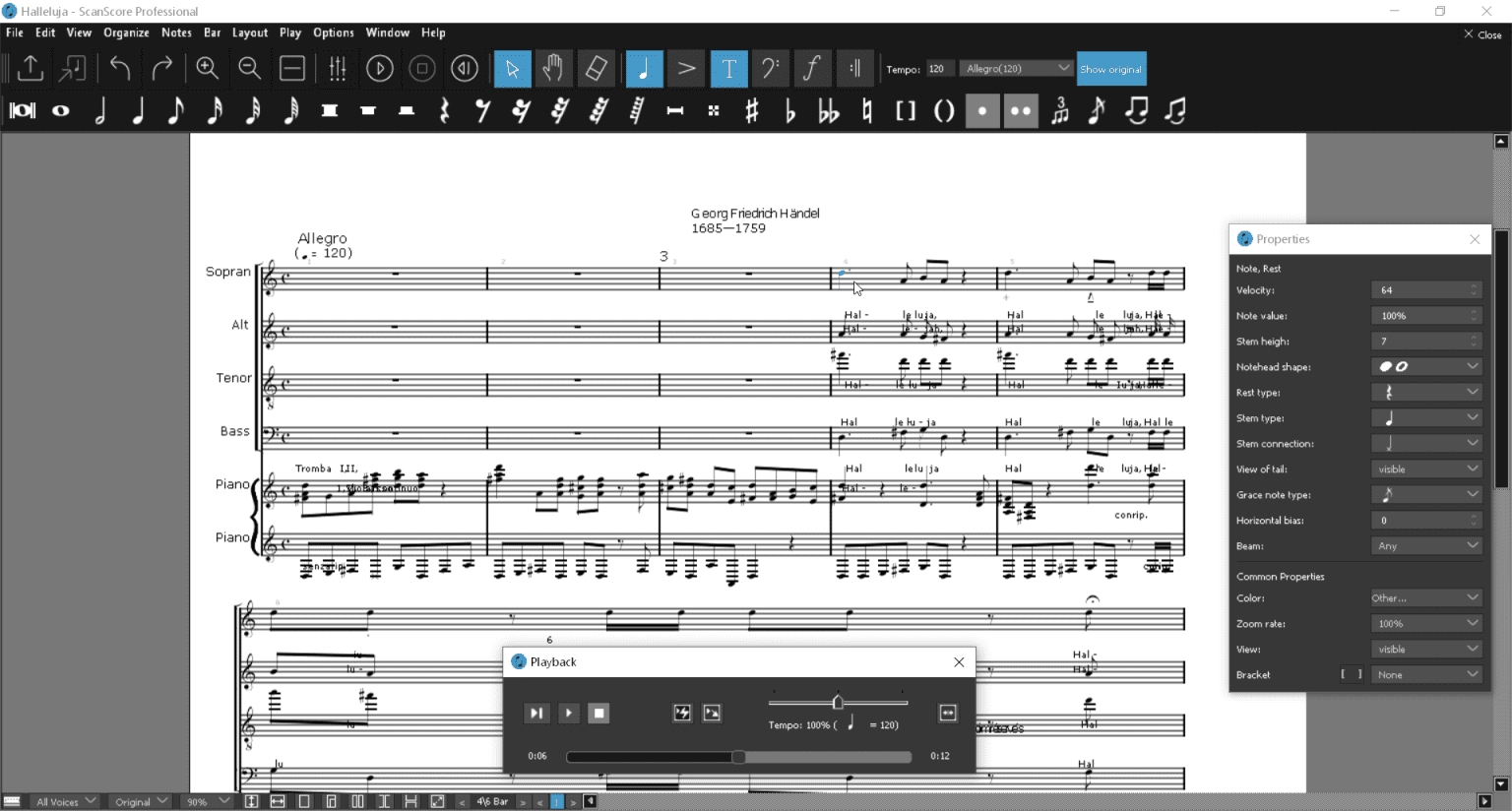
ScanScore brings something unique to the table: the ability to quickly scan and convert sheet music using your mobile device. It's perfect for those moments when you need to digitize music on the go.
Key Features:
- 📱 Mobile-first approach
- 📸 Direct scanning capability
- ✏️ Quick editing tools
- 💫 Cross-platform sync
Pros:
- ✔ Excellent mobile integration
- ✔ User-friendly interface
- ✔ Quick conversion process
Cons:
- ❌ Accuracy depends on scan quality
- ❌ Limited free version
6. PlayScore 2
PlayScore 2 is a game-changer for musicians who need to quickly hear how a piece sounds. What I love about it is the instant playback feature—scan a page, and you can immediately hear if the recognition is accurate before exporting to MIDI.
Key Features:
- 🎵 Real-time playback of scanned scores
- 🤖 AI-powered recognition engine
- 📱 Excellent mobile app experience
- 💾 Multiple export options
Pros:
- ✔ Real-time playback
- ✔ Works well with scanned PDFs
- ✔ iOS and Android compatible
Cons:
- ❌ Premium features require subscription
- ❌ Might struggle with complex scores
7. MuseScore PDF Import
For those just getting started with digital music notation, or working on a budget, MuseScore's PDF import feature is a fantastic option. While it may not have all the bells and whistles of premium tools, it's remarkably capable for a free solution.
Key Features:
- 🆓 Completely free and open-source
- 🎼 Full-featured notation editor
- 🔄 Integration with Audiveris OCR
- 💻 Cross-platform compatibility
Pros:
- ✔ Free & open-source
- ✔ Integrates with MuseScore
- ✔ Active community support
Cons:
- ❌ Limited accuracy for scanned PDFs
- ❌ Requires MuseScore account
8. Audiveris
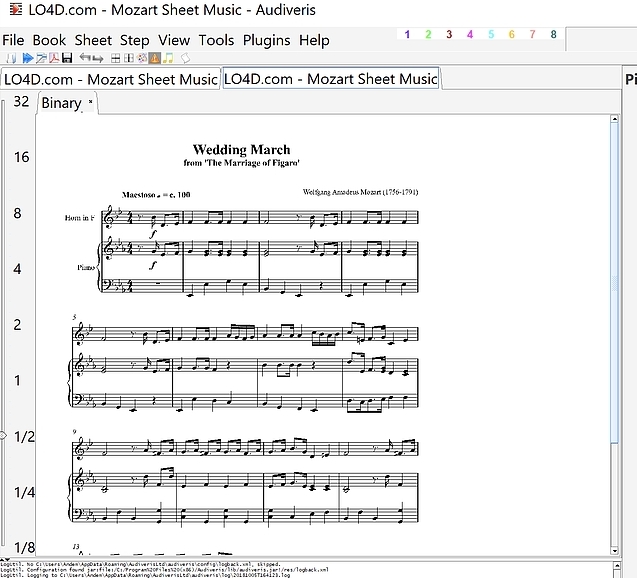
Audiveris is a powerful open-source tool that's particularly interesting if you like to tinker with your software. While it has a steeper learning curve than commercial options, its flexibility and customization options are unmatched.
Key Features:
- 🔧 Highly customizable OMR engine
- 📊 Detailed recognition settings
- 🔄 MusicXML export support
- 👥 Active developer community
Pros:
- ✔ Free & customizable
- ✔ Supports multiple file formats
- ✔ Community-driven improvements
Cons:
- ❌ Requires technical knowledge
- ❌ Less accurate than premium alternatives
9. Neuratron PhotoScore Ultimate
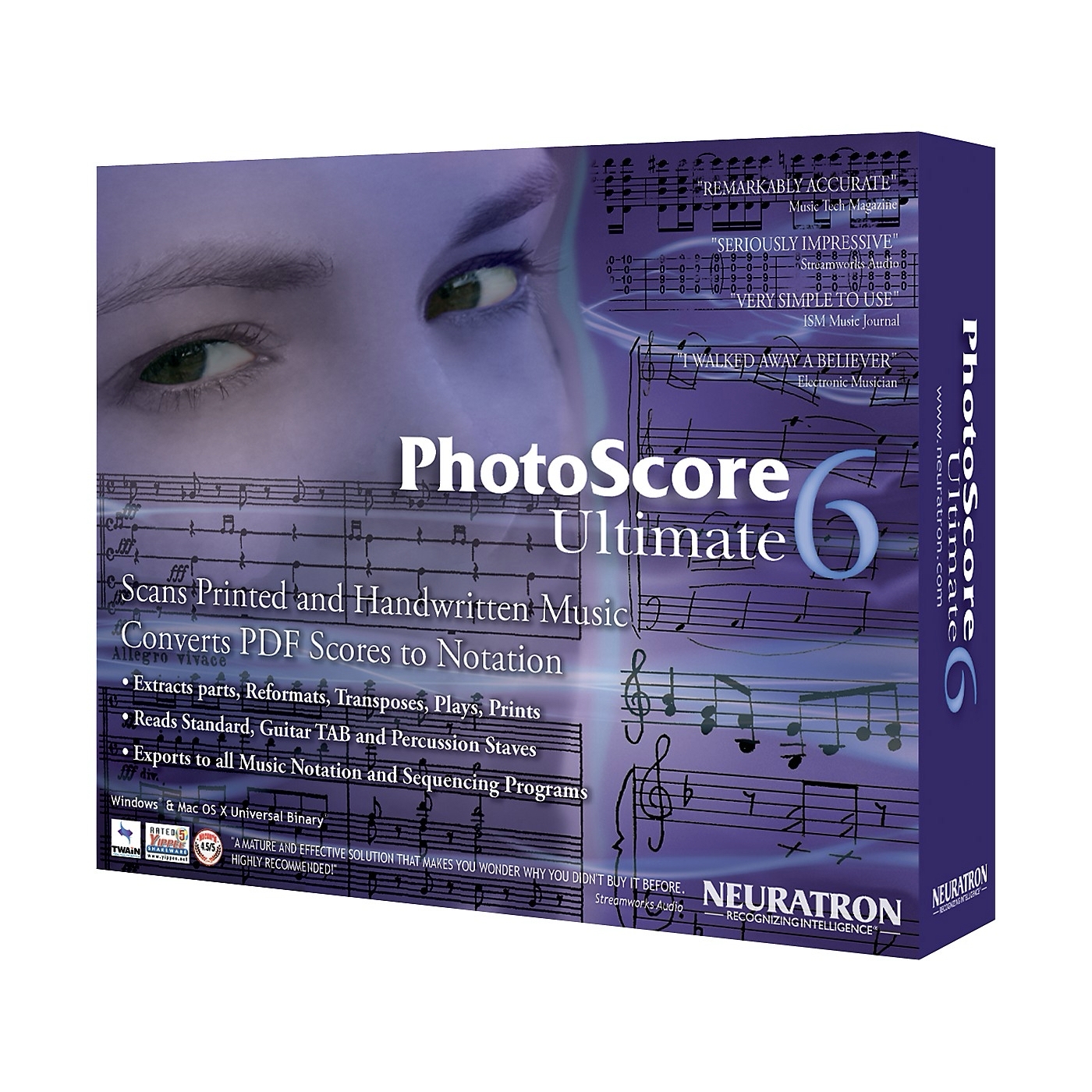
Neuratron PhotoScore Ultimate is a professional-grade tool that I've found particularly useful for complex orchestral scores. Its ability to handle intricate notation and multiple staves simultaneously is impressive.
Key Features:
- 🎼 Advanced orchestral score support
- ✍️ Handwritten music recognition
- 🎹 Comprehensive MIDI editing
- 🔍 Detailed articulation detection
Pros:
- ✔ Excellent for complex scores
- ✔ Recognizes musical symbols & dynamics
- ✔ Professional-grade accuracy
Cons:
- ❌ Expensive premium tool
- ❌ Steep learning curve
10. OMR to MIDI (Android App)
Sometimes you just need a quick and simple solution on your Android device. OMR to MIDI fills this niche perfectly. While it's not the most sophisticated tool, it's perfect for basic conversions on the go.
Key Features:
- 📱 Simple mobile interface
- 📸 Direct camera scanning
- 🎵 Basic MIDI conversion
- 💨 Quick processing speed
Pros:
- ✔ Easy to use
- ✔ Works on Android devices
- ✔ Free & lightweight
Cons:
- ❌ Limited accuracy
- ❌ Basic features only
Quick Comparison Table
| Tool | Best For | Price Range | Key Strength | Main Limitation |
|---|---|---|---|---|
| Melogen AI | Online conversion | Free trial available | AI-powered accuracy | Requires internet |
| Sibelius PhotoScore | Professional use | Premium | Handwritten recognition | High cost |
| PDFtoMusic Pro | Vector PDFs | Premium | Vector PDF accuracy | Limited with scans |
| SmartScore X2 | Scanned music | Premium | Scan processing | Learning curve |
| ScanScore | Mobile scanning | Freemium | Mobile integration | Scan quality dependent |
| PlayScore 2 | Live playback | Subscription | Real-time preview | Complex score limits |
| MuseScore | Basic needs | Free | Full notation editor | Limited OCR accuracy |
| Audiveris | Customization | Free | Open-source flexibility | Technical expertise needed |
| Neuratron Ultimate | Orchestral scores | Premium | Advanced notation | Steep learning curve |
| OMR to MIDI | Quick mobile use | Free | Simple interface | Basic features only |
Conclusion: My Go-To PDF to MIDI Converters
After testing all these tools in real-world scenarios—from last-minute scoring sessions to arranging on the go—I've found that the best choice depends on where and how you work.
For me, two tools stand out the most:
- Melogen AI – When I need a fast, accurate, and effortless way to convert PDFs to MIDI anytime, anywhere, this is my go-to. No software, no setup—just upload, convert, and tweak directly in the browser.
- Sibelius PhotoScore – In my studio, when I'm working on complex orchestral scores or professional engraving, nothing beats Sibelius and its powerful OMR engine. It's pricier, but for heavy-duty work, it's worth it.
The other tools have their place—some are great for scanned scores, some for mobile use—but at the end of the day, I always come back to Melogen AI for flexibility and Sibelius for deep editing.
If you need a tool that works wherever you are, whenever you need it, go with Melogen AI. If you're sitting in the studio refining a full score, Sibelius has your back. Either way, the right tool makes all the difference. 🎼🔥
Frequently Asked Questions
A PDF to MIDI converter is a tool that uses Optical Music Recognition (OMR) technology to analyze sheet music in PDF format and convert it into MIDI files. These files can then be played, edited, or used in music production software.
Accuracy varies depending on the tool and the quality of the source PDF. Modern AI-powered solutions like Melogen AI can achieve high accuracy rates (90%+) with clear, digital PDFs. However, accuracy may decrease with handwritten scores or poor-quality scans.
Yes, some advanced tools like Sibelius PhotoScore and Neuratron can handle handwritten music. However, for best results, the handwriting should be clear and consistent. The accuracy might be lower compared to printed sheet music.
Both serve different purposes. MIDI is better for playback and recording, while MusicXML is better for preserving notation details. Many professional tools support both formats, allowing you to choose based on your needs.
Online converters like Melogen AI offer several advantages:
- No installation required
- Access from any device
- Regular updates and improvements
- Often more affordable
- Immediate access to new features
To get the best results:
- Use high-quality PDF scans (300 DPI or higher)
- Ensure the sheet music is clear and well-aligned
- Use vector PDFs when possible
- Choose a converter that matches your source material type
Free converters like MuseScore and Audiveris can be suitable for basic needs. However, for professional work with complex scores, premium tools often provide better accuracy, more features, and reliable support.
